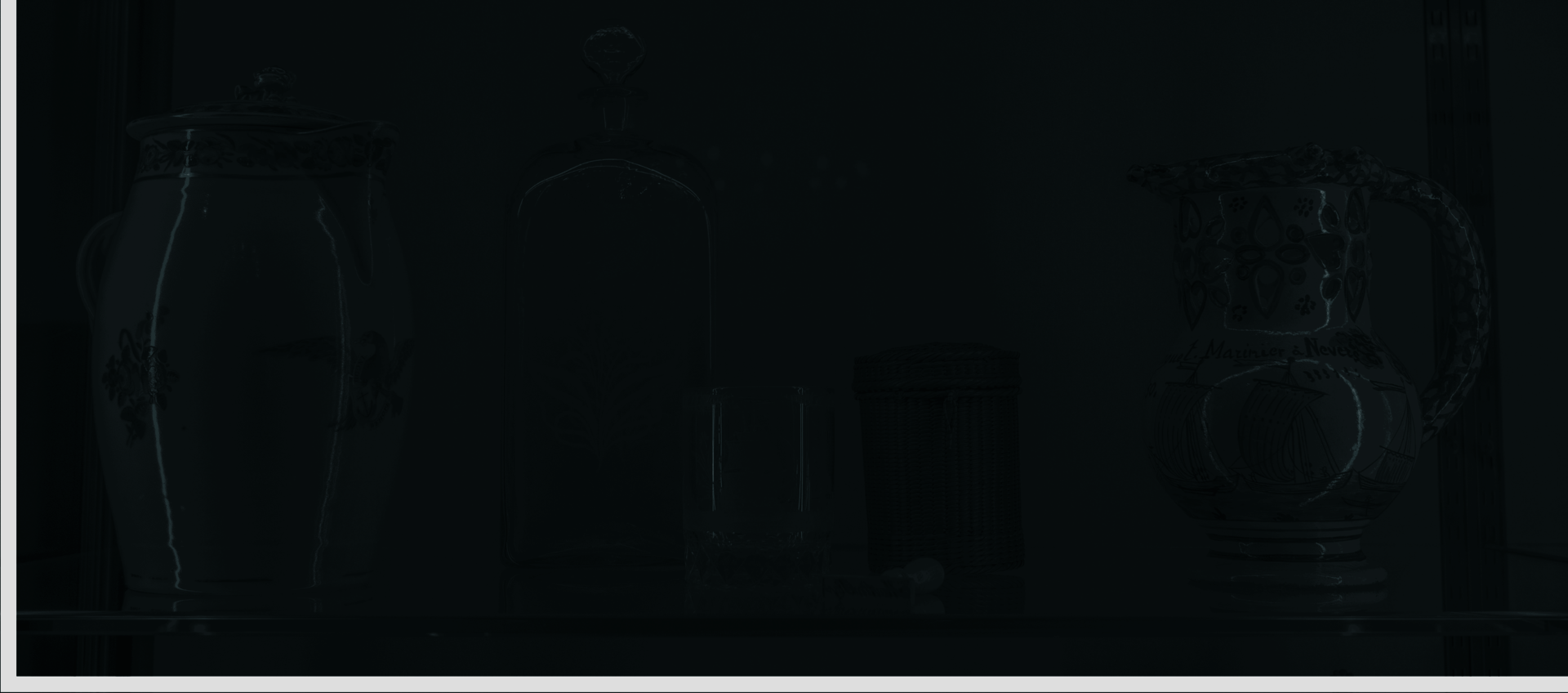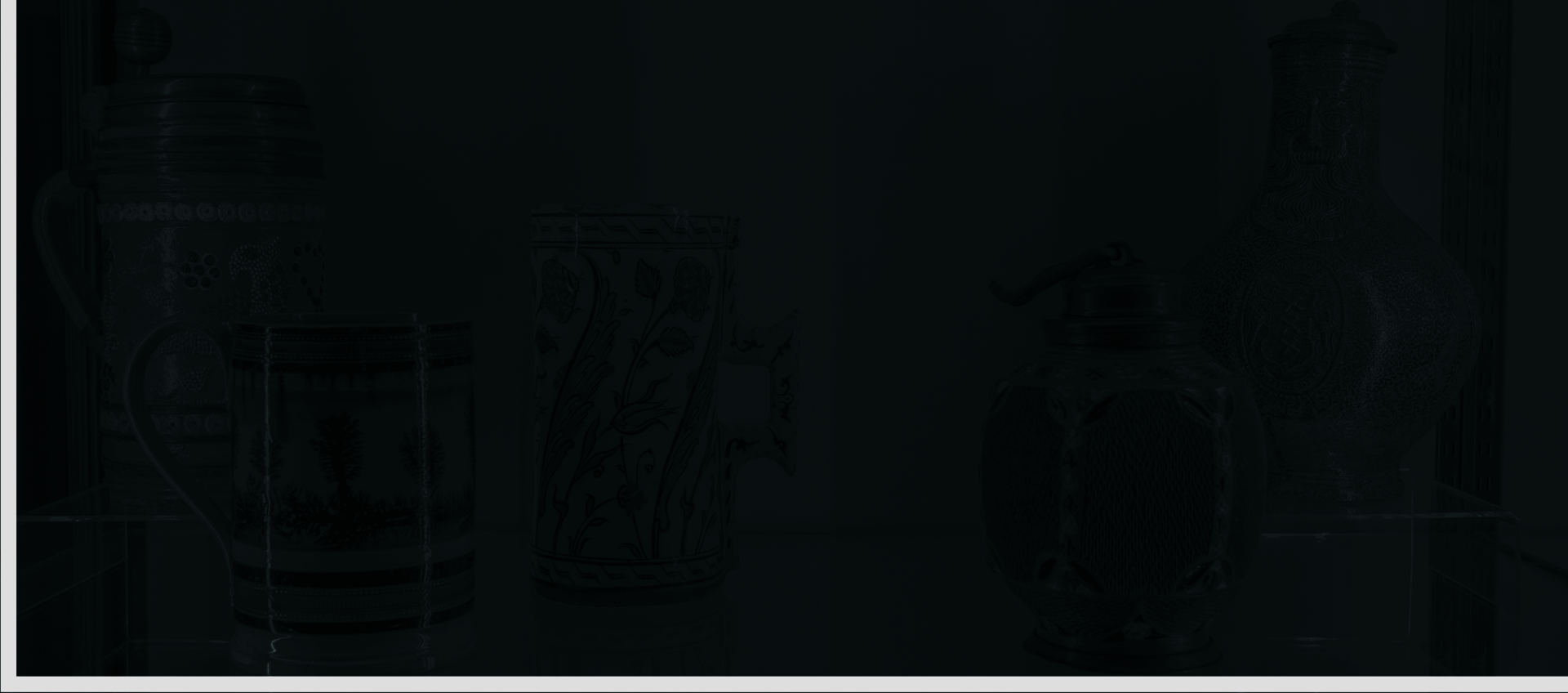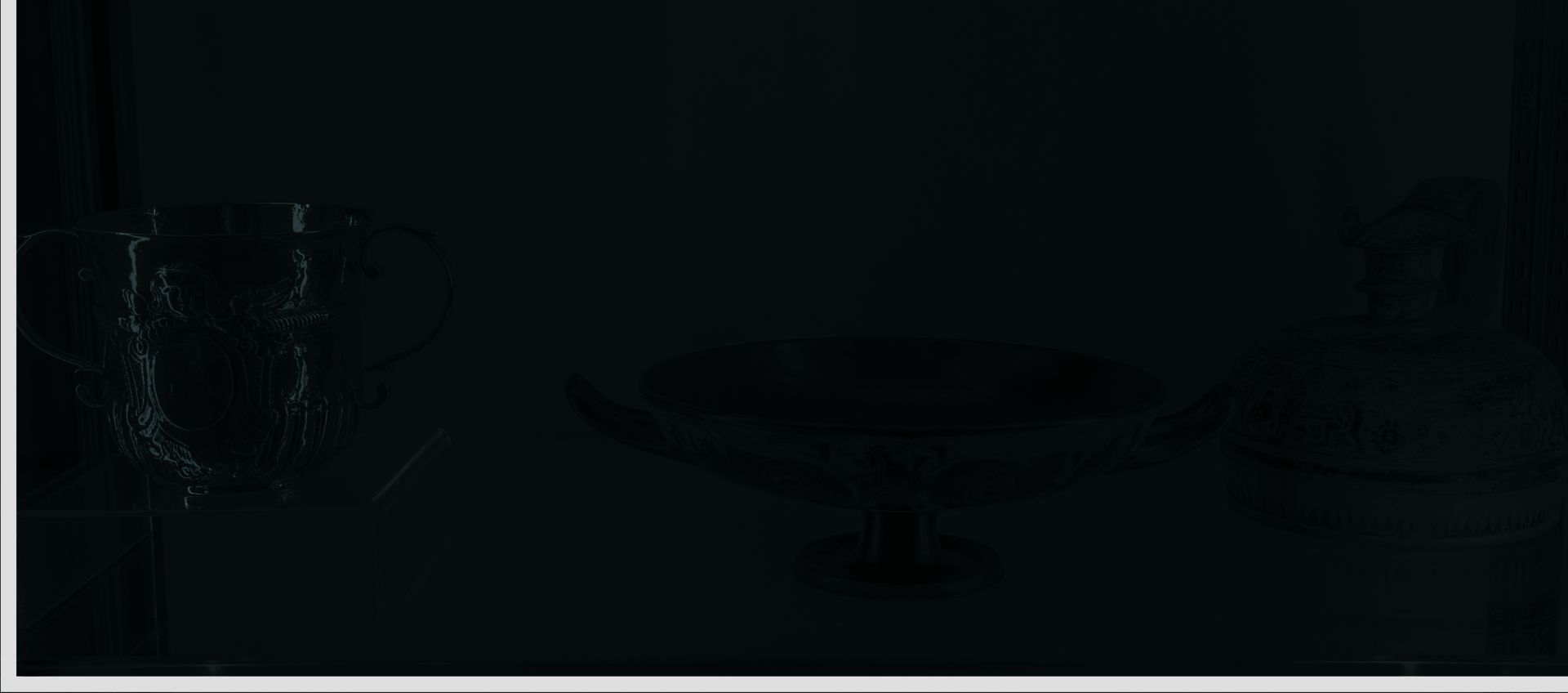ALCOHOL
(left side)
Fruits and grains have been used to make alcoholic beverages nearly since the beginning of human existence, and ceramic vessels for making, storing, serving, and consuming alcohol soon followed. Beer and wine—the first alcoholic beverages—were created as early as the Neolithic period, around 12,000 years ago. In the 1700s, distilled spirits, including rum, became mainstay products in New England.
Rum made good use of molasses, a byproduct in refining sugar, and it served as a key commodity in what is known as the triangle trade. Rum was shipped to Africa and exchanged for slaves that were sold to work on sugar plantations in the Caribbean, where sugar and molasses was purchased and brought to New England to be made into rum.
By the late 1700s, Rhode Island had become the leading American colony in the transatlantic slave trade, with nearly 60 percent of North American slaving ships originating from the state. The Brown family of Providence was prominently involved in the triangle trade of rum, enslaved people, and sugar. The account books of the Browns’ ill-fated 1764 slaving voyage on the Sally lists more than 17,000 gallons of rum aboard the ship. The rum was traded in Africa for 196 enslaved people, more than half of whom died at sea due to starvation, disease, suicide, and maltreatment.
Image

Image

Image

Image

